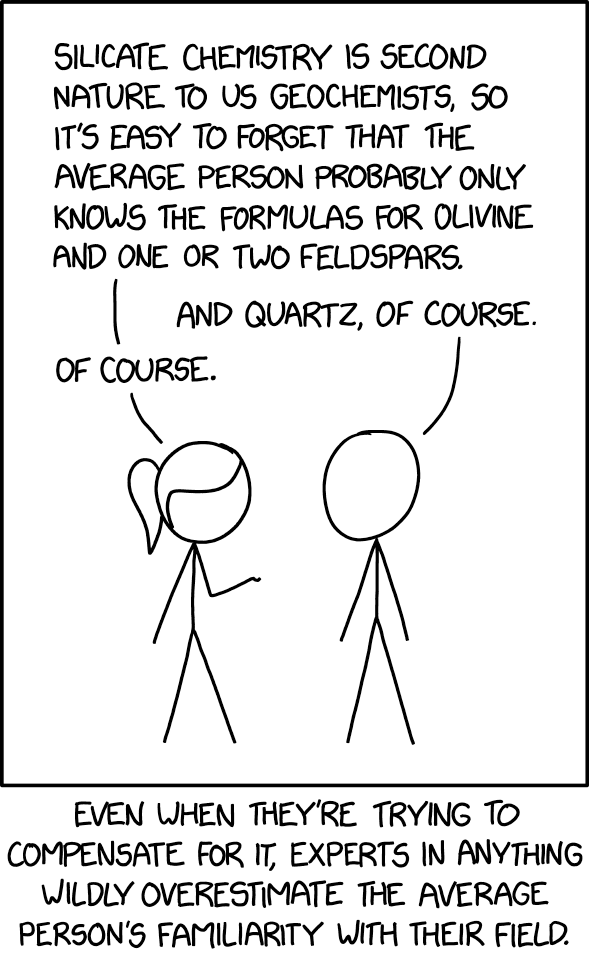All maths papers are like this
Disciplines in mathematics assume you’re familiar with that discipline’s shorthand, constants and common forms. Also, you’re not expected to read them as you’re able to read a book. If it’s 100% your niche specialty then maybe you could, but spending and hour or two puzzling out a broad understanding of a paper is absolutely normal, even for math academics.
They start by make sure you’re primed to feel stupid if you don’t understand it?
It can feel like that, though I’m sure it’s (mostly) not deliberate. Also the sudden jump from straightforward to incomprehensible, accompanied by a comment from the author along the lines of “well duh”
Don’t forget something like “As my book focuses on explaining concepts to normal people in simple manner, I will only include simple math.”
Every Wikipedia page on a mathematical concept as well
deleted by creator
Come on, you can’t just leave those dummy indices dangling, at least sum over them with a kronecker delta or the minkowski metric if this is some approximation of curved space.
(2) Appears to have a typo, but it could just be that the sqrt symbol won’t extend further, which isn’t good either lol
Rest of the fucking owl…
Are we sure this book isn’t a shitpost?
This is absolutely taking the piss. “No calculus is required” is obviously not true when there’s, what, five integrals on the page?
If this is indeed real, can somebody please point me to the paper/text? That introduction has piqued my curiosity and I wanna read the whole thing, even if the math might be incomprehensible.
The square you root in the second equation should go over the both integrals, but that step is pointless anyways. Just by symmetryzing the integration boundaries it’s already a Gaussian integral, which is a standard integral







